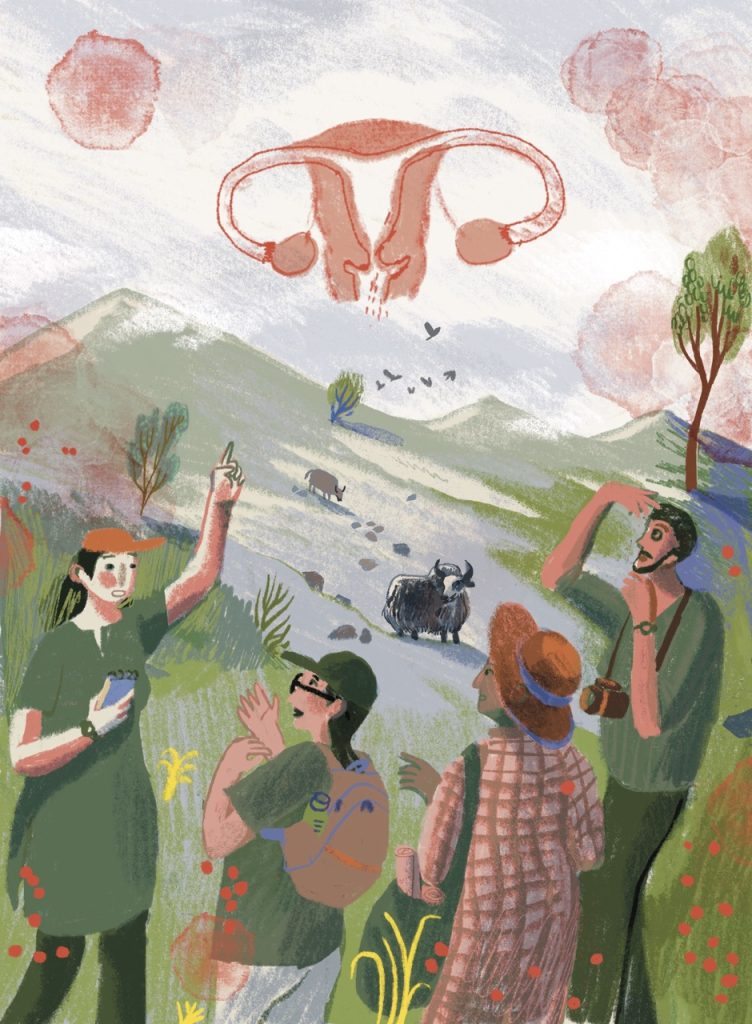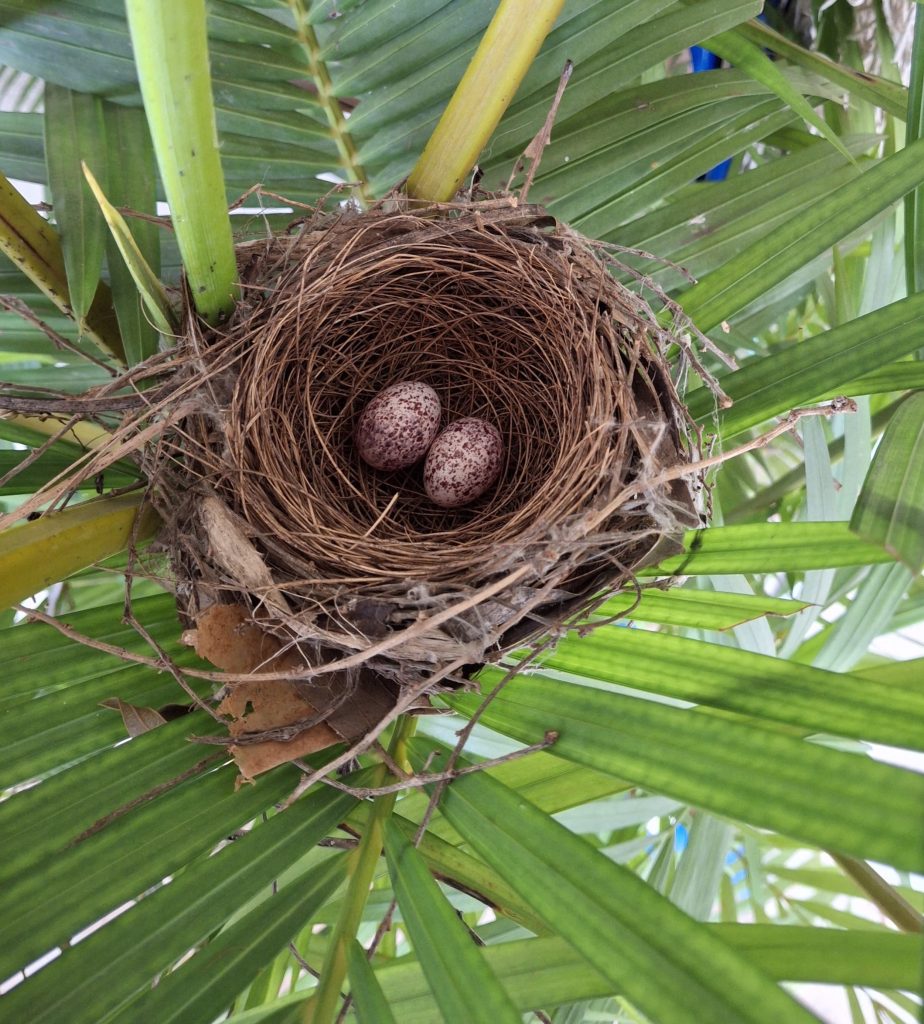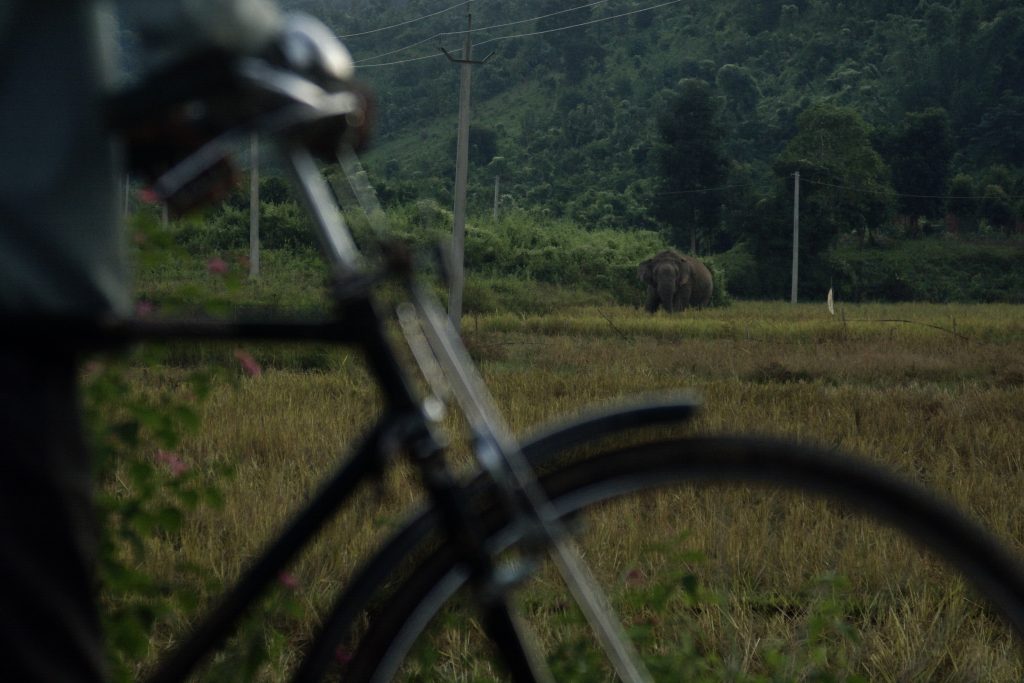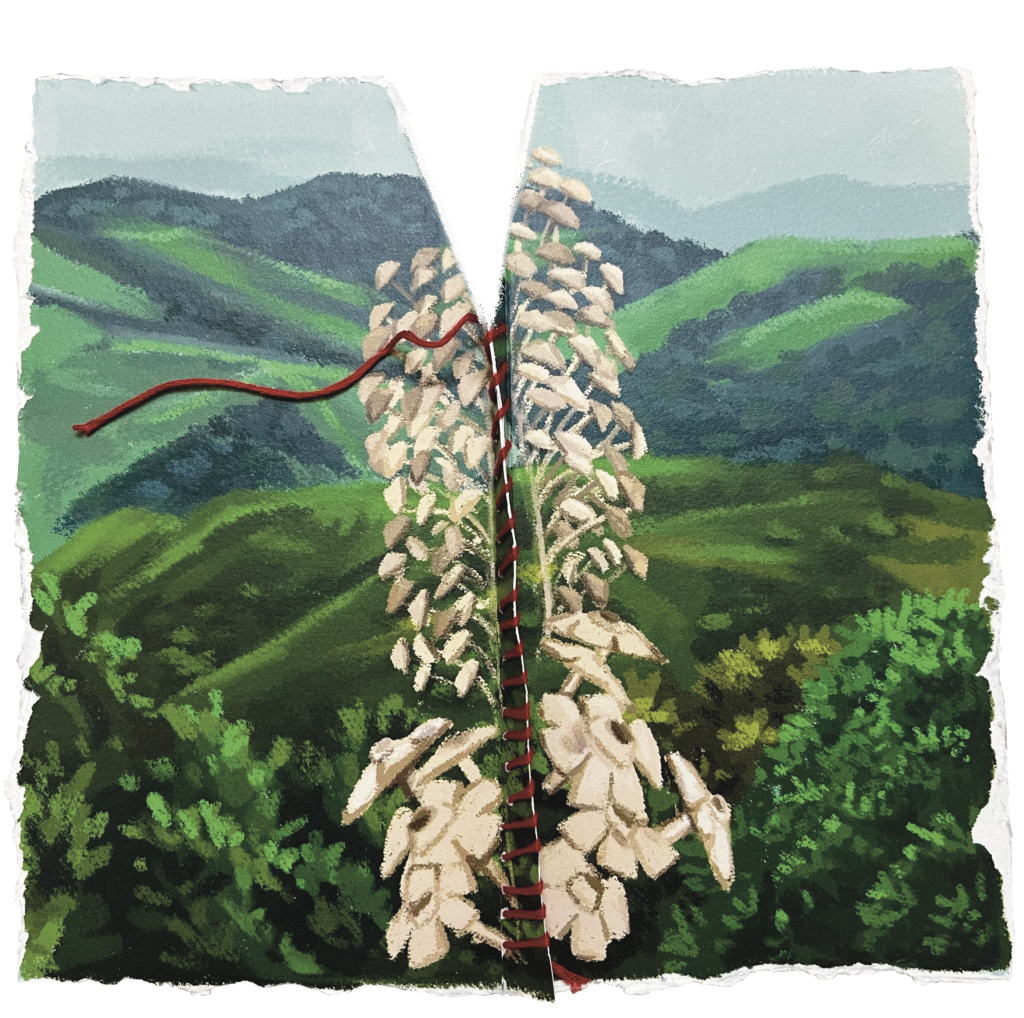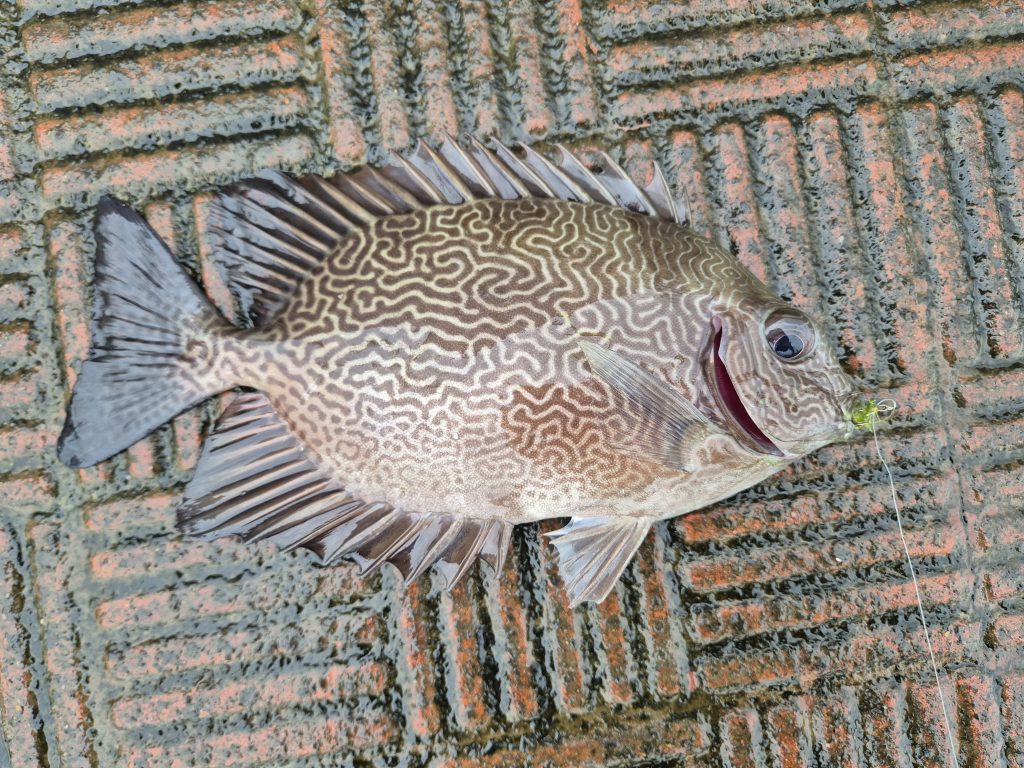It started like any other day. By 8 am, we were in a field in a community forest near Mandal, a sleepy little village at the base of a steep valley of the Garhwal Himalayas, India. The rays of the sun had only just begun kissing the hill tops. But my Central Himalayan Langur troops were deprived of their warmth.
To stay warm, the langurs my fellow researchers and I were studying, huddled together, sharing body heat on the forest floor. We made note of this kleptothermy – a behavioral adaptation to fight the chilling temperature — in our data sheets.
The Central Himalayan langur (Semnopithecus schistaceus) was a relatively unknown species even amid primate research. In India, langurs can be found in high Himalayan elevations (1,500-4,000 m) from Jammu & Kashmir to the peaks of Sikkim. A langur is primarily greyish in appearance with a whitish head and tail tip, with a relatively larger body size (an average of 70cm) than langurs found in other regions. In addition, female langurs are generally smaller than males. In this species, multiple males share dominion. Dominion, as we know, is usually a distinguishing variable of behavioural study in most ape and primate groups. The langur group we were following was a large one, with five adult males, 12 adult females, seven sub-adults, eight juveniles, and few infants. To observe such a large group this early into our field study was quite a privilege.
Our motive was to better understand the langurs’ behavioural ecology. This required following the troop throughout the day – from morning (when they were still resting and not active enough to study well) till the evening (when they were moving towards their resting/sleeping site for the night).
This particular morning, as the clock ticked forward and sunrays reached treetops, all our huddling langurs started moving towards the hilltop for a nice little sun bath. I don’t blame them. The cold in these parts gets bad enough to warrant a nice hike up the hill to soak up some warmth. So what if you’ve to invite the whole family? Speaking of family, some langurs in this particular troop who wished to stay in bed, stayed behind. Some others were busy feeding their young.
We had been following the langurs for a month and were fairly acquainted with their behavior. We anticipated that they would move on to some other location after having ‘breakfast’. They didn’t disappoint. As was expected, they soon started to move towards the village. Their intention was clear: to feed on the crops!
The troop travelled along the upper edge of the hill. There were hardly any houses over there. Even the villagers didn’t frequent that place often. The terrain was somewhat steep and had denser tree cover. At around 10 a.m., part of the langur troop climbed down the cliff and settled themselves in the crop field. The field provided them a cool place, a short distance from the village, helping them munch on fresh green mustard and wheat leaves. Other langurs were on their way to join in. Quite a party.
The raid
All was well in this party until, quite suddenly, a few langurs ran away. They frantically began looking for cover in high tree branches. We knew this scurrying commotion must have been a reaction to the dogs ‘employed’ by the villagers to keep the langurs at bay. Dogs generally raid silently: you’d never really see or hear them. The only way you’d know they were there would be through the frantic running of langurs in this region..
But what happened next will shock your data sheets (and socks).
Two or three dogs invaded the troop, scattering langur. They also managed to trap a few langurs in an area near the cliff. At one point, over a dozen infants and juveniles with just one or two adult females were isolated on the cliff, cornered by a dog that was determined to prevent them from moving into the crop field.
Whenever they feel threatened or isolated, non-adult langurs make a certain prolonged low pitched ‘keeee-ke-kee-ke-ke’ sounding call for rescue, and scan their immediate surroundings intensely for signs of help. Being primarily composed of younglings, the group of trapped langurs started to vocalize, shouting for help!
Almost as though straight out of a thriller, an adult male langur suddenly sprang into view. He was sitting on a high tree branch on the other side of the crop field, facing the sub-group left behind, with a second dog at his tail. He was scanning the landscape, worried, looking for a chance to join the rest of the troop, wanting to fall behind safety in numbers. Could he initiate a rescue mission?
Rescue mission – phase A
The adult male was only about a 100 meters from the cliff – not much of a distance, but with two dogs lined up in between, the langurs would need to come up with a good plan.
A second adult male appeared within a minute or so, positioning himself on a high branch of another tree to the left of the first male monkey who jumped into the picture, maintaining a little distance in between. A few other langurs were also scattered around here, where a third dog was on duty.
Back where the action was unpacking, one langur moved towards a lower branch, within possible reach of the dogs, but at a sufficient distance to maintain safety. He acted as a distraction to get the dogs away from the first langur, and to make room for an opportunity for himself – to run to the cliff like there’s no tomorrow. Without wasting another moment, langur number 1 climbed down and sprinted. He avoided the dogs brilliantly and arrived at the cliff, where other members of his family were waiting for help.


Rescue mission – phase B
Outsmarted and confused, the two dogs were now scurrying around to reconvene. But it appeared the second langur had more moves left in his master plan. He provoked the dogs again, tricking them into chasing him, eventually moving further away and out of sight. The dogs took the bait, followed him, but all we could hear, at this point, was a little bit of barking.
The first male langur, now sitting with his family, appeared quite relaxed. Indeed, he looked like he was having the time of his life. The dog that was assigned to his case, not so much. Most of the langurs in the troop were reunited. They could now wait out any threat without hurry. They kept an eye on the horizon for another opportunity to retreat under cover. For almost five minutes, nothing happened. Finally, after a couple more minutes, one of the dogs couldn’t resist the possibility of more action, and ran away towards the point where one langur was still waiting out the threat alone. This gave the troop the opportunity to run away. With a mixture of caution and speed, they sprinted towards a safe exit, and kept moving on to a much safer location. Possibly somewhere without dogs. Dogs were not the langurs’ best friends.

